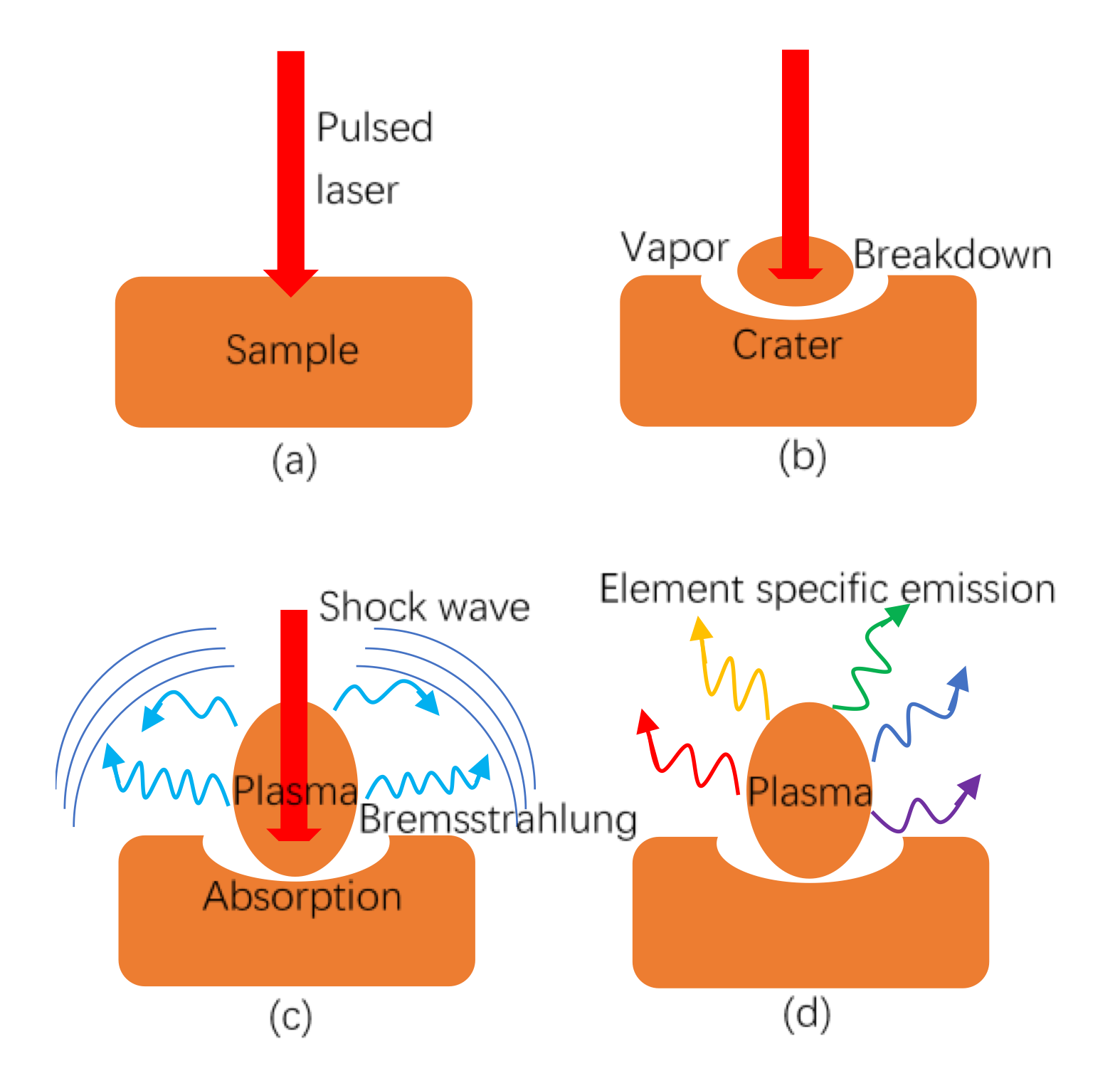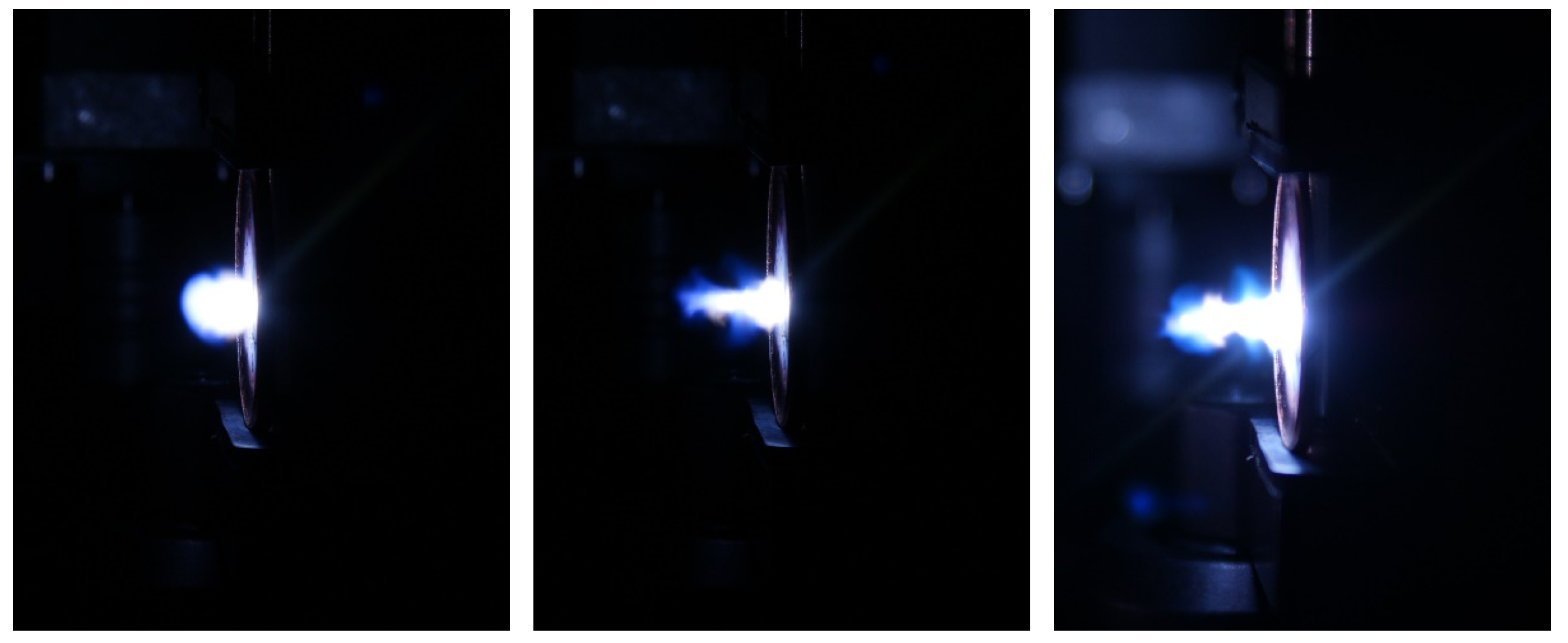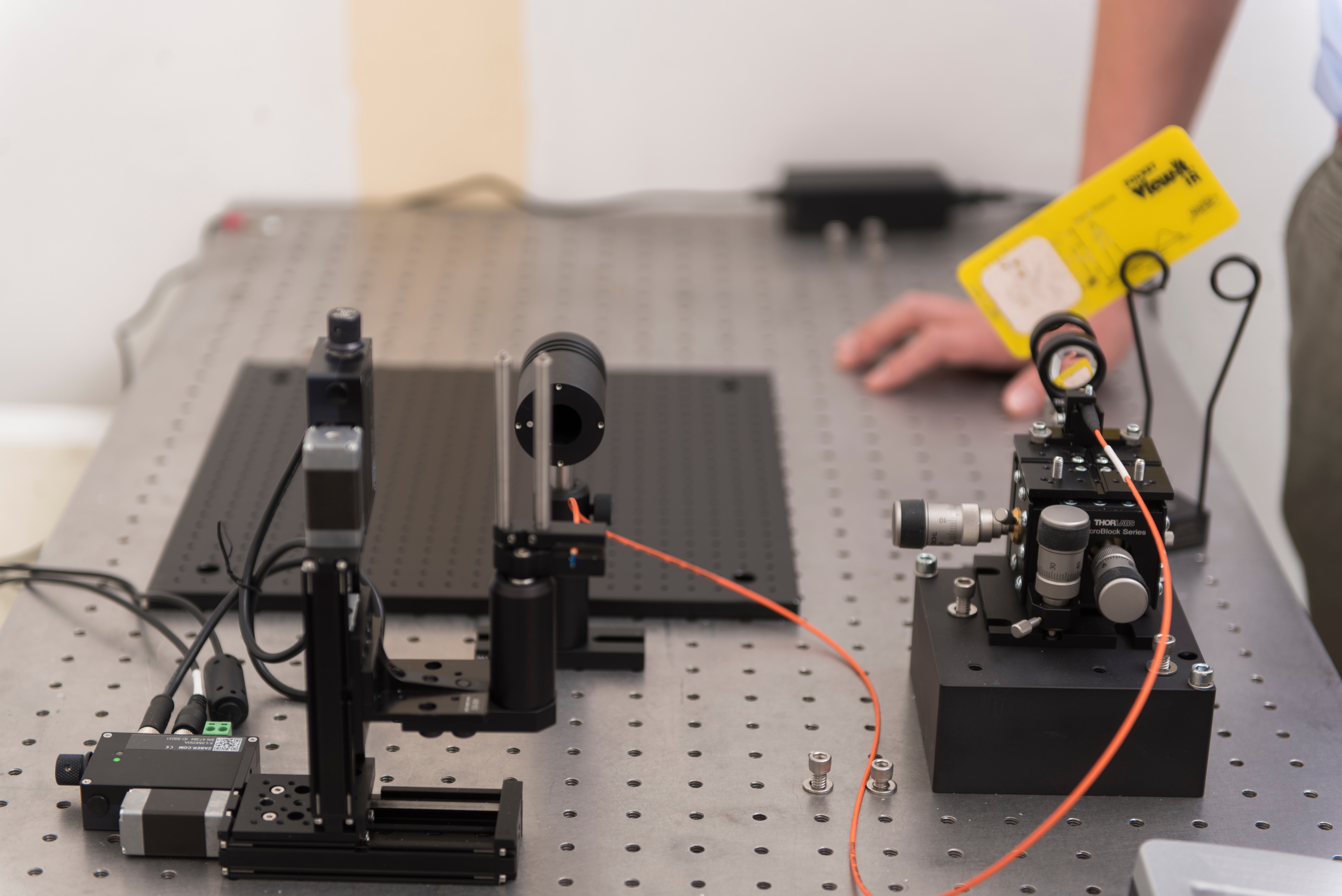In laser-induced breakdown spectroscopy (LIBS), a highly energetic laser pulse is used as the excitation source, which is focused on the sample to form plasma. During the plasma cooling process, the electrons of the atoms and ions at the excited electronic states fall down into natural ground states, causing the plasma to emit light with discrete spectral peaks. LIBS can be used to analyze any material regardless of its physical state and can in principle identify any elements present. LIBS is currently a subject of great interest and is being considered for nuclear safeguards and nuclear forensics applications because it could be highly portable and versatile in identifying the elements and materials of interest. In addition to chemical analysis, the determination of isotope ratios using LIBS in air at atmospheric pressure has been demonstrated. LIBS has been recommended by IAEA “for detection of gaseous and solid signatures and indicators of nuclear fuel cycle processes and associated materials.” In a recent IAEA test at Institute for Transuranium Elements, Germany, LIBS was used to analyze 74 yellow cake samples from around the world. The capability of identifying the origins of UO2, UO4, U3O8 and SDU type yellow cake was demonstrated. Due to the large number of nuclides present in spent fuel related materials, however, the use of LIBS to routinely perform quantitative analysis remains an unsolved challenge. Further, the use of LIBS to perform measurements in conditions such as those found with pyroprocessing has been an active area of study which has yet to be realized due to high temperature (up to 600 ºC), high radiation field, argon atmosphere, limit access/manipulation in situ sampling and analysis requirements.
The primary objective of this project is to test and demonstrate the use of LIBS technique to characterize spent nuclear fuel materials at different stages of conditioning and reprocessing in the nuclear fuel cycle to provide high accuracy, real-time quantitative isotopic and elemental composition data for processing and safeguards purposes.
Laser-induced Breakdown Spectroscopy


